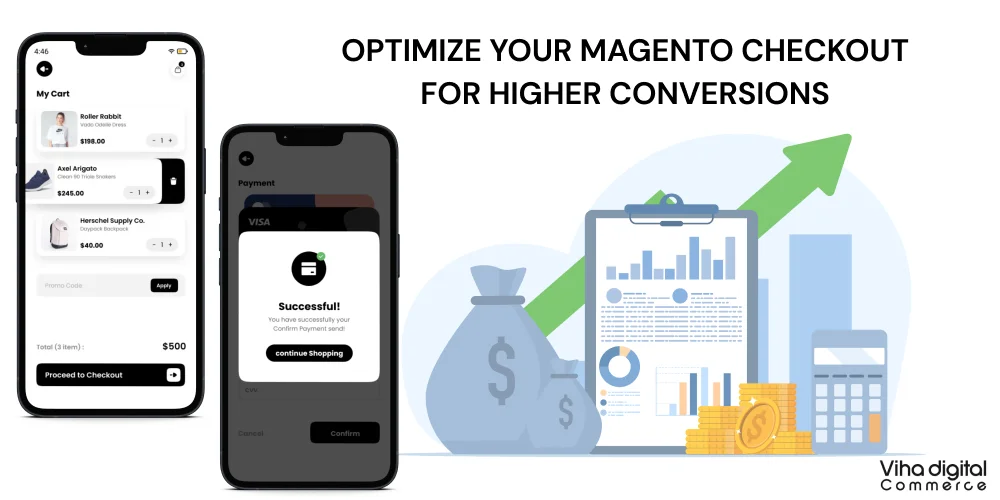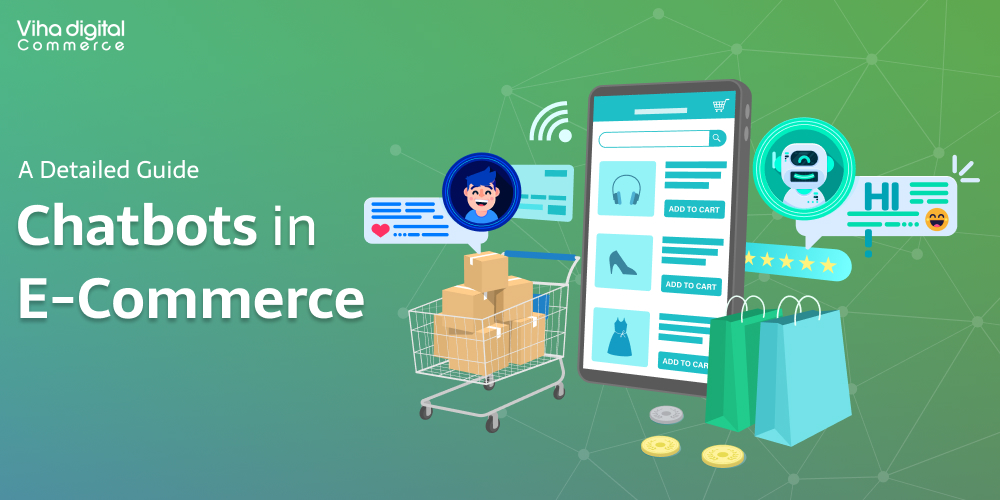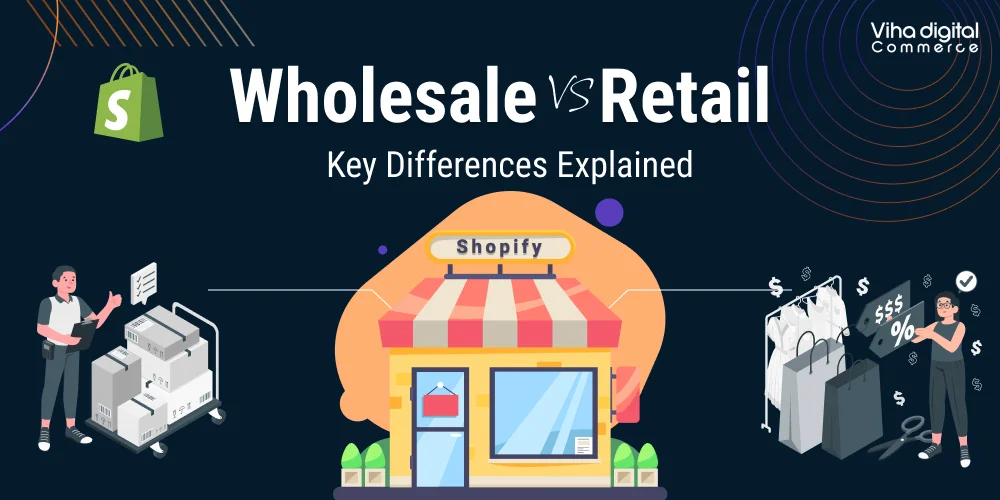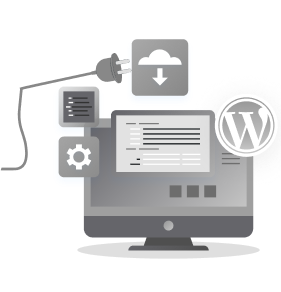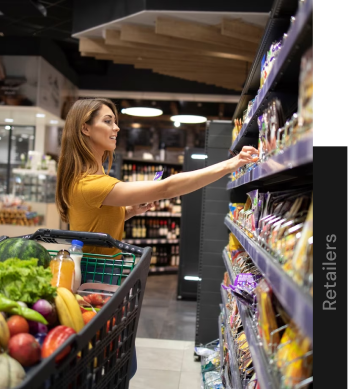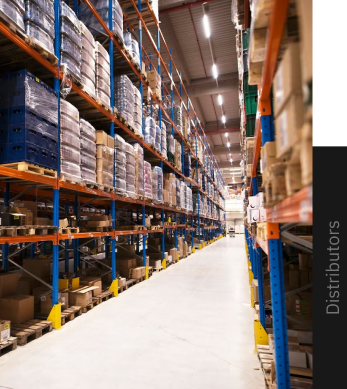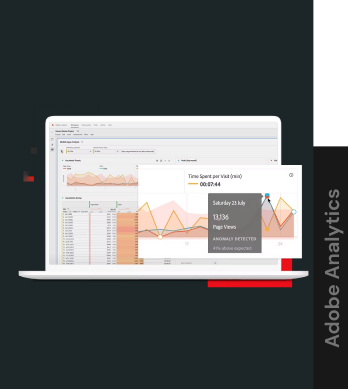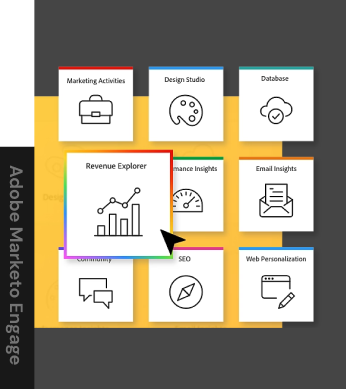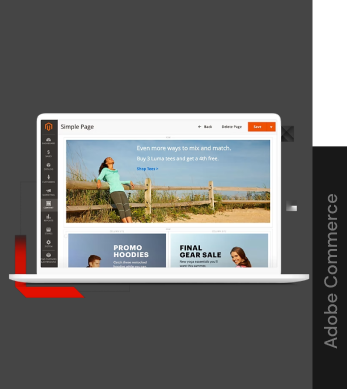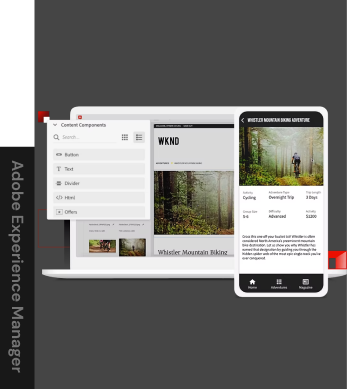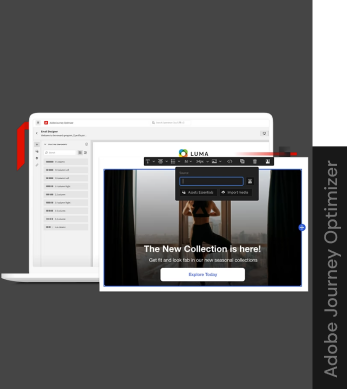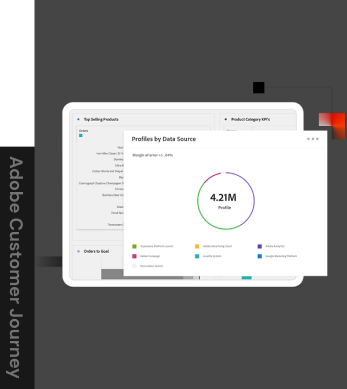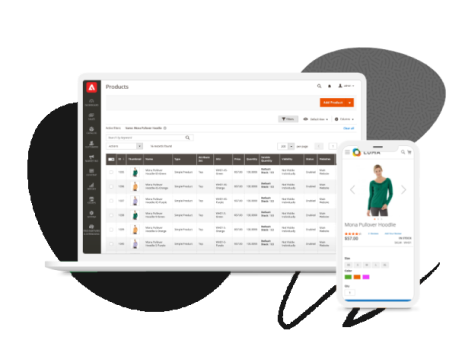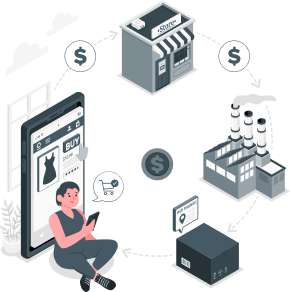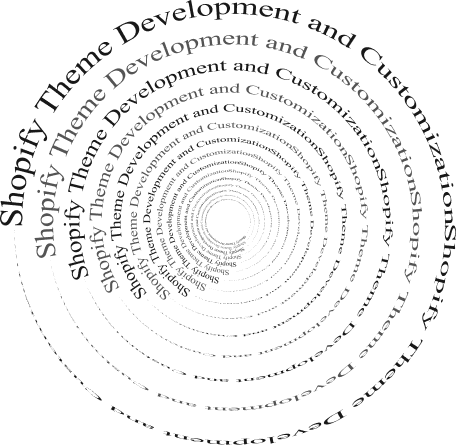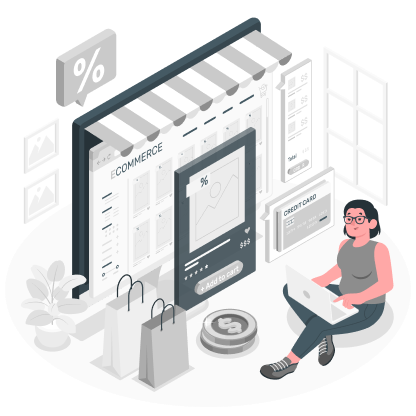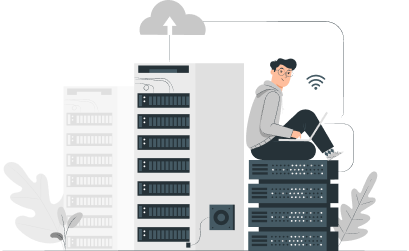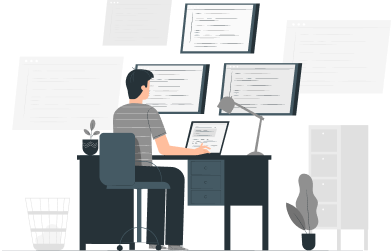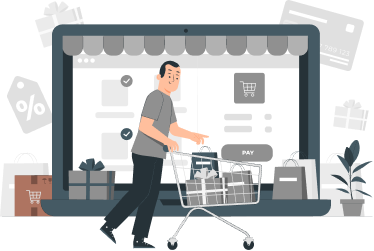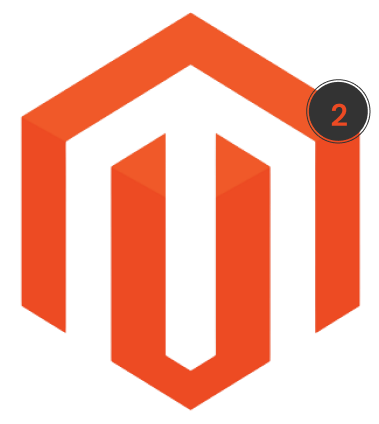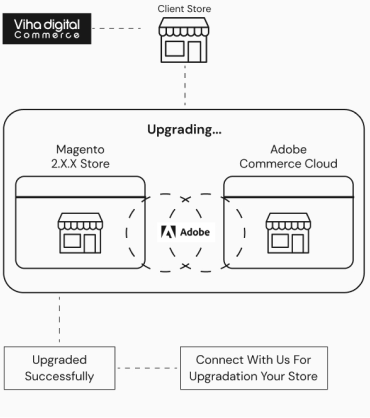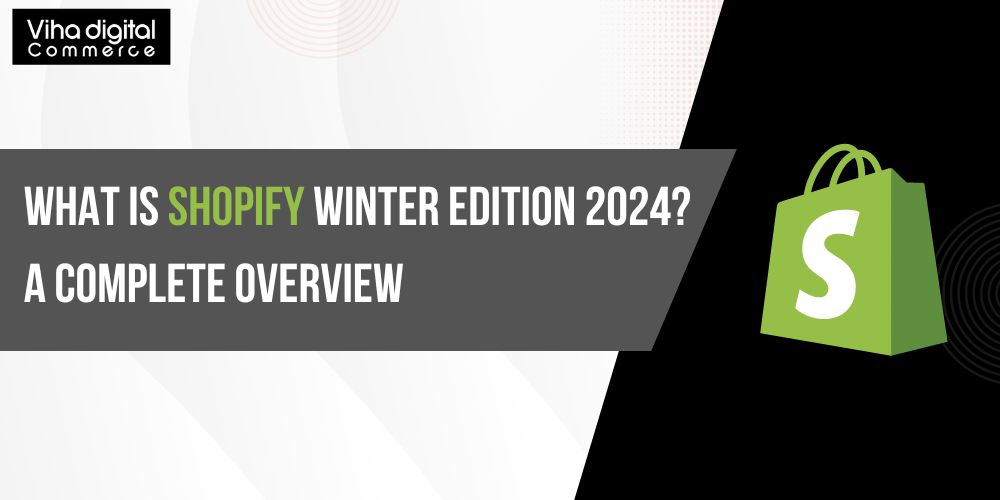
What is Shopify Winter Edition 2024? A Complete Overview
As we debut the much awaited Winter ’24 Edition by Shopify in the early hours of January 31, get set.
The program was conducted to explore Shopify’s most recent innovations, with Glen Coates, VP of Product at Shopify, providing insightful commentary. Our blog will serve as your go-to resource for important updates and highlights as we set off on our virtual voyage, making sure you are aware of the most ground-breaking Generative AI features and essential updates that are revealed in the event.
Let us delve straight into it!
More Complicated Components and Features
Additional product variations:
Through the resolution of a long-standing merchant annoyance—the 100 product variety limit up to 2000 gradually through 2024 they have strengthened the fundamentals of their product model. Limits on product variations on Shopify have been among the most peculiar problems with the platform, to the extent that ecommerce professionals often make fun of them. It’s great to have this settled at last.
Customers Listing app:
Customers expect to see photos of the exact color they intend to buy when using the Combined Listings app. The Shopify Combined Listings app, which is currently in early access, gives merchants the ability to create a parent product that has numerous alternatives, each of which is a child product with its own media carousel, description, and dedicated URL that all appear as a single listing on a single product page. Shopify has long been criticized for its inability to manage complicated catalogs, but this year it appears that they are addressing that issue.
Consistent Product Taxonomy:
Shopify has also undergone significant changes to the creation and administration of products. They are launching a new, standardized product taxonomy today in early access. You can save time and work by storing complete and consistent data throughout your catalog by having the new category card on the product page immediately apply category-specific product attributes while the product is in the admin. We’re happy to note that several of these capabilities are already available in early access, so most Shopify merchants ought to be able to take use of them before the second half of 2024.
Blocks:
Reusable blocks:
Shopify also makes fundamental changes to your store so you may tell the story of your business the way you desire. Although every text block has a unique feature, their differences usually generate confusion for users. Reusable blocks reduce duplication of work and coding by requiring developers to define theme blocks only once and then reuse them across sections, giving merchants a similar experience regardless of where in the theme they are. This is an extremely useful addition, speaking as a Shopify development agency may!
Block nesting:
They are also introducing the capability to create nests with up to eight layers. Blocks could not be nested inside other blocks in the past. The multi-column section can now display individual blocks for picture, text, and link thanks to nesting, giving merchants the flexibility to rearrange or add more blocks in each column. Developer previews of these upgrades are available now. With some of these announcements, Shopify is undoubtedly giving Shopify developers and website managers a lot of joy. Especially as these are now in preview.
B2B Features:
B2B user authorization:
Shopify has released a significant B2B update that allows sales representatives to access the admin. By assigning roles, you can quickly define permissions so that these B2B users can only access the accounts that have been assigned to them. Every time you add a new representative, you save time since setting up roles with permissions is now simpler than before. Only the orders, clients, and businesses linked to their accounts will be visible to these representatives. Another significant victory for Shopify. Despite improvements, its B2B offering lagged behind that of BigCommerce and other competitors. This fills in a larger void for them.
Developers can now use the new permissions API to create B2B apps, but in the future, this can be extended to all merchants for purposes such as restricting access to products for brands that merchandisers are authorized to manage, or ensuring that regional employees only see customers in their area. Once more, Shopify is filling in some significant feature holes for both large corporate and B2B retailers. Additionally, businesses of all sizes that have more intricate management or selling models can profit from this capability. There has always been a problem with Shopify’s capacity to effectively handle (seamlessly) higher complexity merchants, so efforts are being made to fix that.
Fulfillable inventory:
Shopify is also launching this feature today. This guarantees that customers who browse your business and go through the checkout process will only see views of the local in-stock inventory that are correct and unique to the market. A fantastic addition that will hopefully allay concerns raised by others (including us!) regarding Shopify’s readiness and capacity to handle increasingly complicated selling scenarios. Merchants have long been concerned with inventory management, thus it’s great to see this implemented!
Improvements to Checkout:
The ability to add unique features to your checkout through app-based modifications that are secure, upgradeable, and connected with Shop Pay is known as checkout extensibility. Using checkout extensibility, you can also personalize the entire buyer journey, from the point of sale all the way through to a completed order that ends up on the thank-you page.
Today, there are over ninety new applications available that are designed to allow for checkout extensibility. These apps enable features like post-purchase surveys, loyalty programs, and sales that were previously only possible with custom code, which meant your checkout would have to stop being upgraded.
Along with these upgrades, Shopify also introduced 14 new checkout APIs, enhanced branding controls, and additional shipping option customization choices.
Better checkout page load times:
Shopify claims to have cut the time it takes for a checkout page to load by 95% worldwide. Additionally, Shopify increased its web infrastructure to 300 locations worldwide and cut the time it took for their shop page to load by over 35%. Interested in learning how these percentages were “matched.” When it comes to data analysis and presenting these figures, Shopify might occasionally come across as a little conceited (after all, we are listening to their sales and marketing calls).
Analytical:
A new dashboard for web performance – A new online performance dashboard is available to all Liquid stores, providing reliable insight powered by Generative AI into your actual customer experience. The dashboard allows you to track and evaluate consumer behavior across three industry-standard core online vitals, which can improve your store’s conversion rate and page ranking. We’re interested in seeing this one. Shopify’s reliance on applications has frequently resulted in subpar performance, and the company has attempted to place the responsibility elsewhere (while still maintaining app dependencies) instead than on its core product. I wonder if this will result in better productivity or more of the same old thing that says, “We’re fast, it’s the other guys you work with that aren’t.”
Exchanges for Customer and Merchant Experience:
With Shopify, merchants can now establish, monitor, and oversee exchanges for every order, giving them the opportunity to keep income while offering a fantastic post-purchase experience to customers. Customers may rely on Shopify to handle payments, refunds, taxes, and inventory adjustments automatically. A couple of the shipping partner apps will be impacted by this. An excellent reminder to app developers that Shopify isn’t afraid to eat their lunch is provided by this wonderful addition to the platform’s feature set regarding back-off fulfillment. I have maintained that Shopify must become a more valuable back office provider if it is to endure for a very long time. Shopify will continue to need merchants to see it as a useful resource if their storefronts aren’t as important, even as social media sites like TikTok attempt to get into the commerce space.
Test Drive:
Before releasing new features and APIs to your production stores at a time that works best for you, Shopify has enabled exchanges through a new settings page called Test Drive. This tool is intended to help Plus merchants train their staff and test new features with their current apps and integrations. That suggests that, in general, exchanges are a plus feature, right? We adore the more sophisticated “go live” sequence and improved testing that are being emphasized here. unquestionably necessary if you’re abandoning the idea that your small business comes first.
Customer Account Extensibility:
This feature allows developers to create new login experiences for both users and merchants by creating extensions. Since this is constructed on the same platform as checkout extensibility, new customer accounts can easily utilize all of the well-known features and components of checkout extensibility. A further victory for supporting increasingly intricate e-commerce scenarios. As I mentioned before, e-commerce through content channels is driving the need for the old storefront to close. In order to effectively serve important client groups and audiences, the new storefronts must be richer and more unique.
Client-Side Focus:
Merchants can create bespoke targeted audiences on popular ad platforms with Shopify Audiences. We are in a unique position to improve digital advertising for all Shopify merchants by investing our scale back into the product because of the volume of commerce that occurs on Shopify. Conceptually, we’ve appreciated Shopify Audiences and want to see more significant opportunities for all shops to leverage Audiences by utilizing Generative AI in targeting.
Shop Campaigns is a low-lift acquisition program, which means that by defining a cost-per-acquisition target and letting Shopify handle the rest, merchants can effectively pay only for customers who convert, without having to worry about creative assets or intricate configuration and targeting.
Obtaining Funds:
An improved version of Shopify’s current capital product, Term Loans provide merchants seeking regular payments over a predetermined payback period a more predictable and customizable landing choice. They are launching the Shopify Line of Credit this month, which offers merchants flexible, on-demand capital they may utilize as needed.
AI Shopify Magic:
Using generative AI, they are introducing new Shopify Magic features in the media editor that make changing and improving product images simpler than before. With these new AI-powered background editing features, you can instantly match the background of your existing photo shoots to make your storefront feel more cohesive and on-brand, choose from common style presets for an instant boost of professionalism, or reimagine the scene entirely with a brief description of what you’d like to see.
That concludes the matter!


